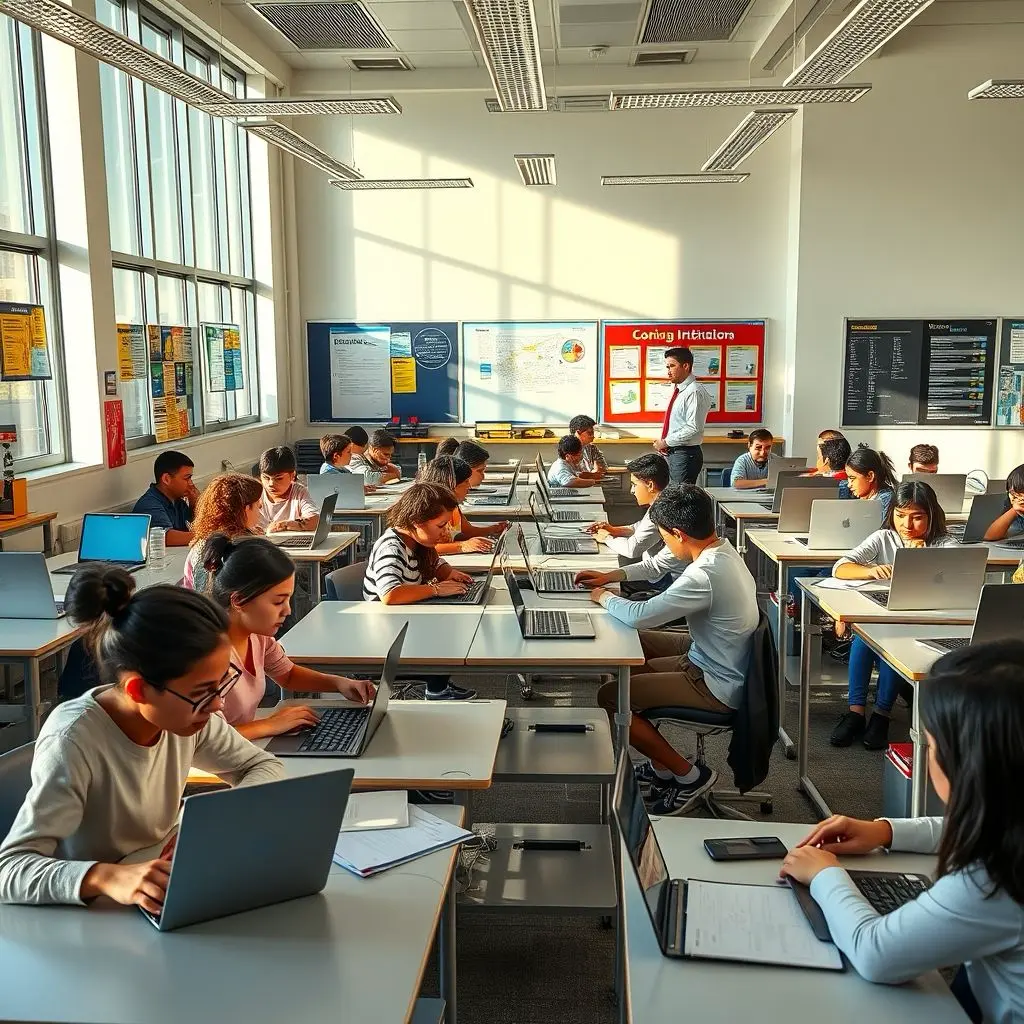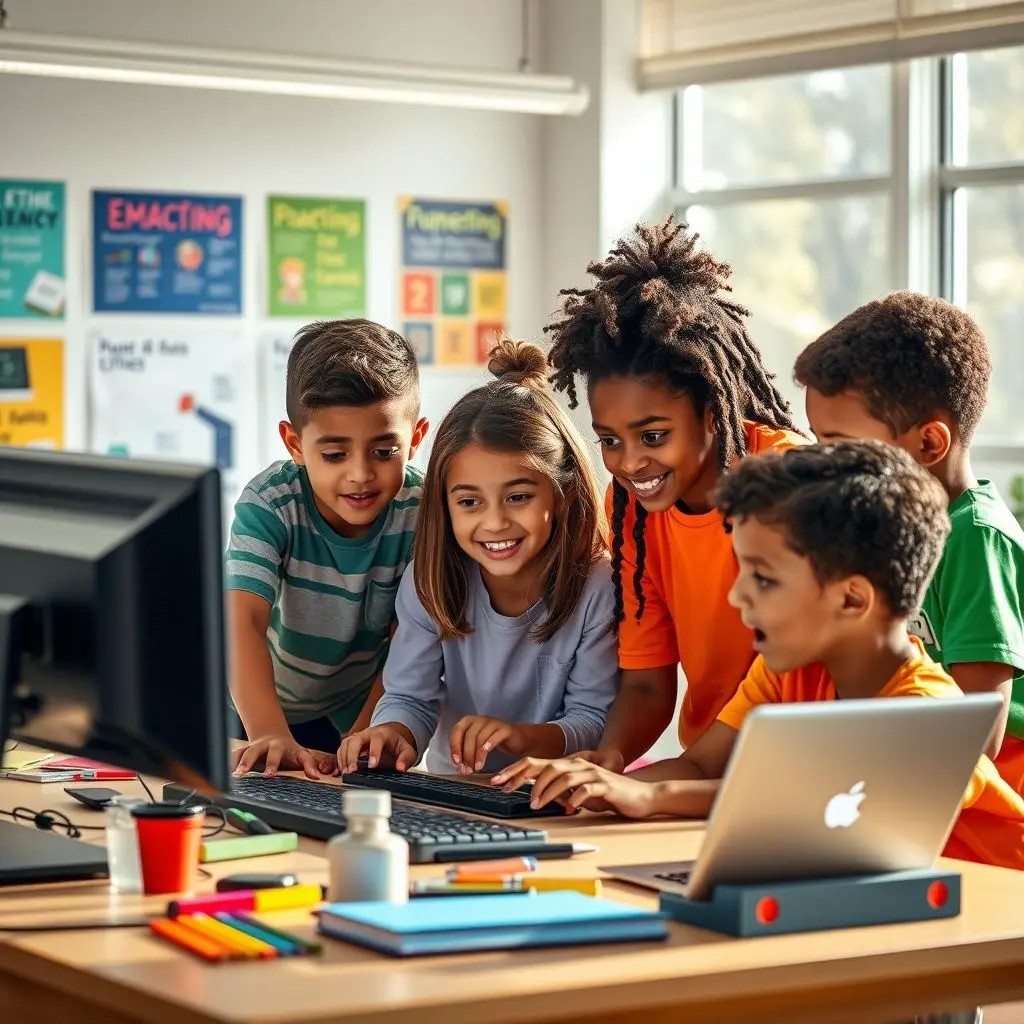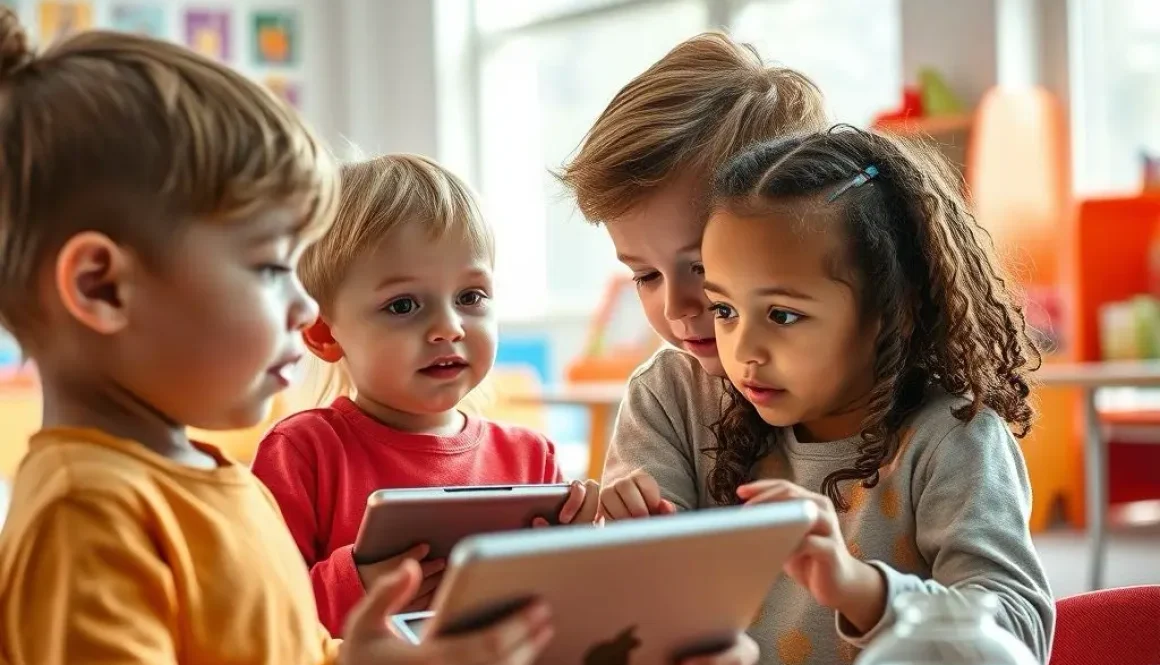Code.org Tutorial for Kids: Learn Coding 10 Step-by-Step with Fun and Interactive Lessons
Code.org is a nonprofit organization dedicated to expanding access to computer science in schools and increasing participation by young women and students from other underrepresented groups. It offers an engaging, user-friendly platform where children can learn the fundamentals of programming through visual, interactive, and block-based coding tutorials.
With gamified lessons, project-based learning, and guided tutorials, Code.org makes computer science fun, accessible, and approachable—even for children as young as kindergarten. Whether your child is new to coding or has some experience with Scratch, this tutorial will walk you through everything you need to know about using Code.org for learning coding from the ground up.

1. Introduction to Code.org
Code.org’s primary mission is to make computer science a part of the core curriculum in K–12 education. It is widely adopted in schools across the United States and offers free resources and curriculum in over 60 languages.
Key Features:
- Block-based coding environment suitable for beginners.
- Curricula for different age groups (from elementary to high school).
- Interactive courses with popular characters (like Minecraft, Angry Birds, and Frozen).
- Real coding languages like JavaScript introduced in advanced levels.
- Teacher dashboards for progress tracking.
2. Getting Started on Code.org
To begin:
- Visit https://code.org.
- Click “Sign Up” and create a free student or parent account.
- Choose your grade level or appropriate age group.
- Start with Course A if your child is 4–6 years old or Course B–D if older.
3. Course Pathways by Age Group
Pre-readers (Ages 4–6):
Courses A & B include:
- Drag-and-drop coding with minimal reading.
- Lessons on sequencing, loops, and basic commands.
- Interactive puzzles with characters.
Early Elementary (Ages 6–8):
Courses C & D include:
- Loops, events, and conditionals.
- More complex puzzles and projects.
- Digital citizenship and problem-solving skills.
Upper Elementary to Middle School (Ages 9–13):
Courses E & F, Express Courses:
- Function creation.
- Nested loops and more complex logic.
- Animation and game design.
Middle to High School:
- CS Discoveries (Grades 6–10)
- CS Principles (AP-level for Grades 9–12)
4. Code.org Interface Overview
Workspace Area:
Where kids build their code using drag-and-drop blocks. Each block represents a command or function.
Preview Area:
Displays real-time results, showing how the code affects the game or animation.
Instruction Panel:
Guides the student through each task or puzzle.
Toolbox:
Houses blocks categorized into logic, motion, math, variables, etc.

5. Fundamental Coding Concepts Taught on Code.org
Sequencing:
Understanding the importance of the order of commands.
Loops:
Repeating a sequence to reduce redundancy.
Events:
Reacting to user inputs like clicks or key presses.
Conditionals:
Making decisions based on specific conditions.
Functions:
Reusable sets of instructions.
Variables:
Storing data to be used and manipulated.
These concepts lay the foundation for more complex coding later in life.
6. Activities and Games on Code.org
Kids are introduced to coding through themed tutorials such as:
- Minecraft Hour of Code
- Dance Party
- Frozen and Moana Puzzle Games
- Star Wars Building a Galaxy
- Artist Projects (drawing with code)
Each activity provides learning outcomes aligned with real coding logic while staying fun and visually engaging.
7. Building Projects on Code.org
In later stages, students can:
- Create interactive stories, mini-games, and animations.
- Share their projects with friends or on social media.
- Receive feedback and iterate on their code.
These projects allow for creativity and reinforce problem-solving skills.
8. Learning JavaScript with Code.org
Though primarily block-based, Code.org gradually introduces students to JavaScript. As they advance:
- They can switch to text-based coding.
- Use App Lab and Game Lab to build full applications.
- Learn real-world coding syntax.
This transition is designed to be smooth, supporting learners every step of the way.
9. Parental Involvement and Benefits
Parents don’t need coding experience to help:
- Monitor progress via Code.org dashboards.
- Encourage regular practice (20–30 mins/day).
- Join in some of the Hour of Code activities together.
Benefits for kids:
- Boosts logical thinking and creativity.
- Improves school performance (especially in math).
- Builds persistence and confidence.
10. For Teachers and Schools
Code.org provides:
- Lesson plans aligned with curriculum standards.
- Printable resources and worksheets.
- Tutorials for teachers.
- Class management tools.
It’s one of the most popular platforms for introducing coding in classrooms due to its ease of use and comprehensive content.
Hour of Code and Global Impact
Code.org runs the Hour of Code initiative globally every December, introducing millions of students to coding in just one hour. It’s translated into 45+ languages and used in over 180 countries.
Common Challenges and Tips for Parents
Challenges:
- Kids might get stuck or frustrated.
- Repetition may bore them.
Tips:
- Celebrate small wins (finishing a puzzle).
- Encourage them to try a different strategy.
- Use peer collaboration or join online communities.
Learning to code is no longer optional—it’s a crucial skill for the 21st century. With Code.org, kids get a head start in a structured, fun, and supportive environment.
Whether your child dreams of becoming a game designer, engineer, or scientist—or simply wants to explore how technology works—Code.org provides the perfect first step into the world of programming.

